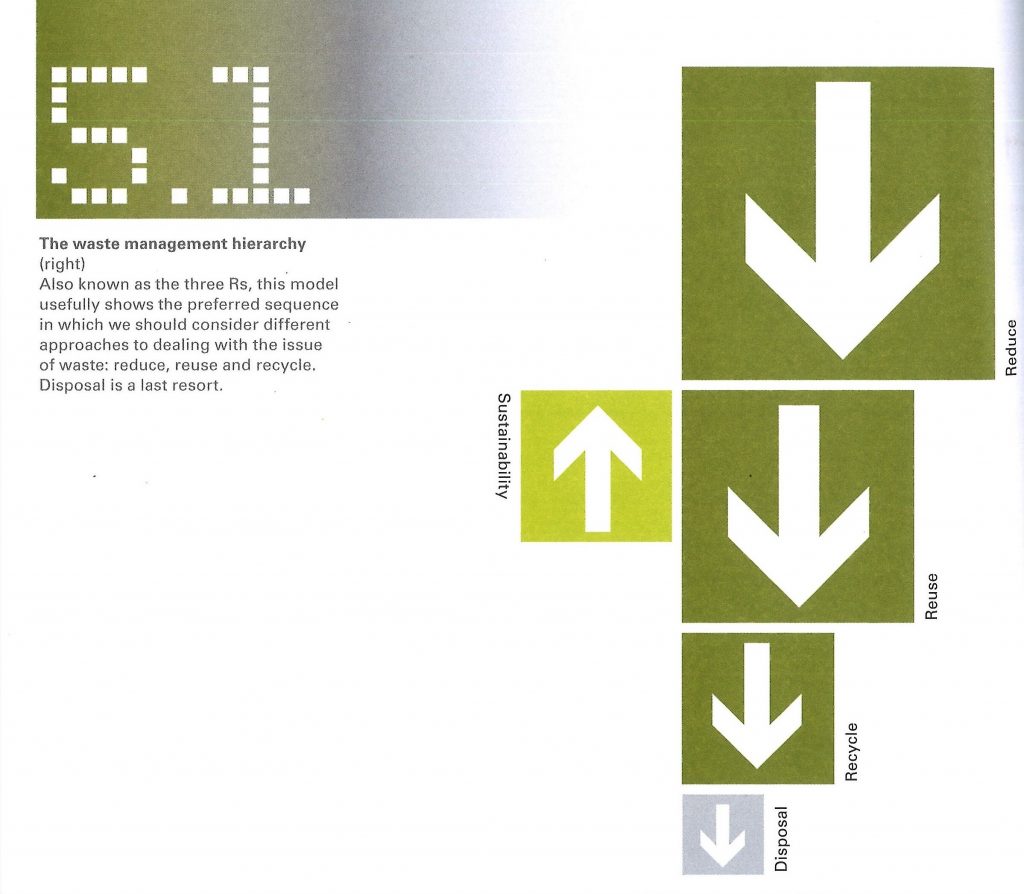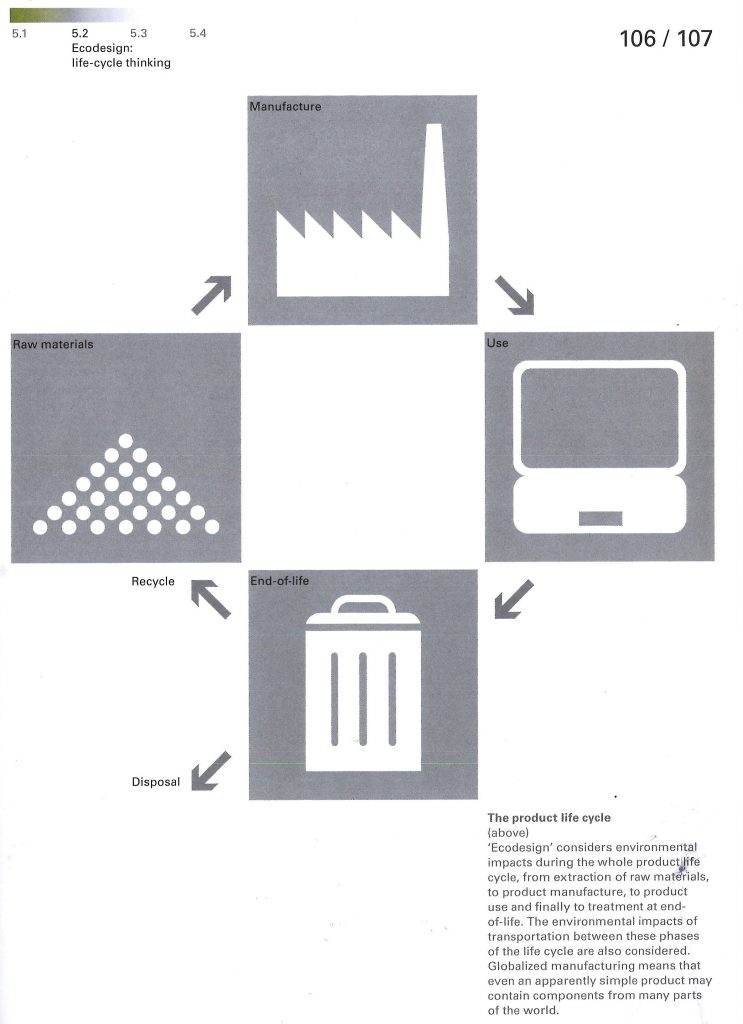Thursday 3rd Feb
Lecture notes:
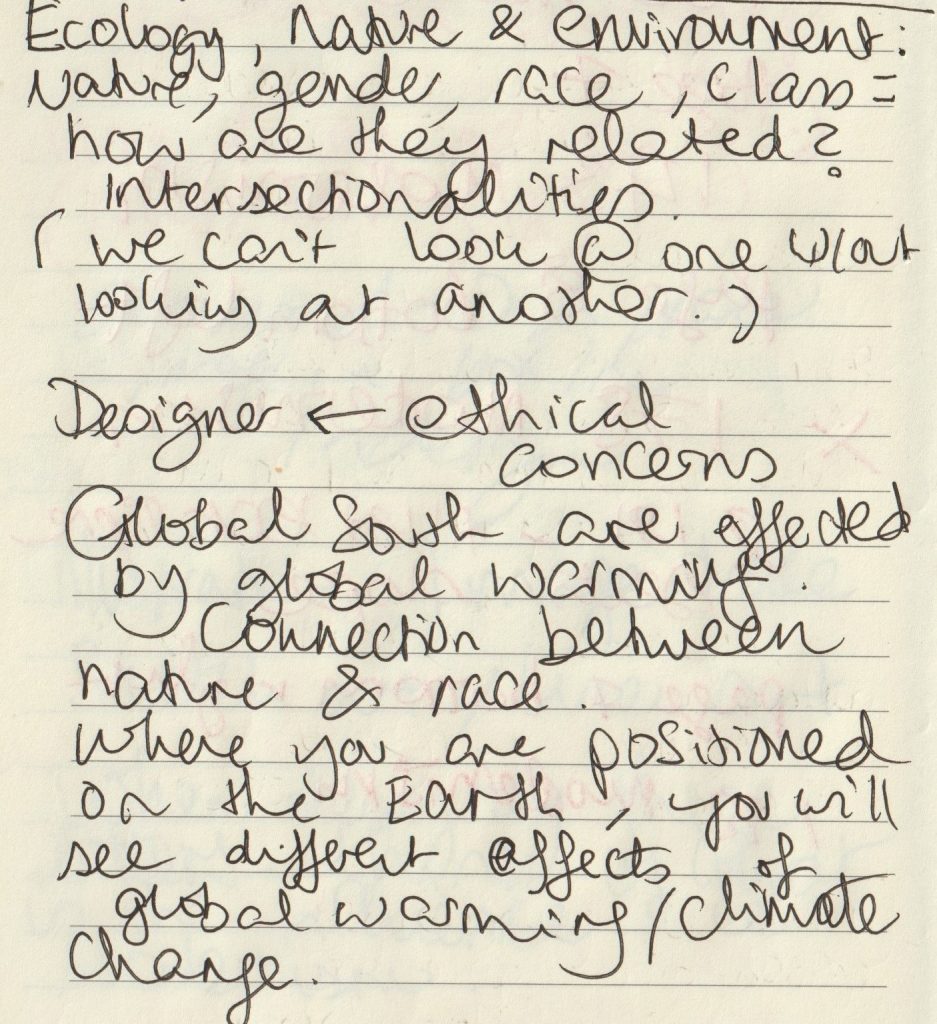

We then read as a group: Waste age: What can design do? This is the catalogue for the exhibition we went to see at The Design Museum, in last October.
(below) Waste Age banner from the Design Museum shop webpage. The designer has interspersed images of plastic waste with leaves. The effect is subtle and elegant.

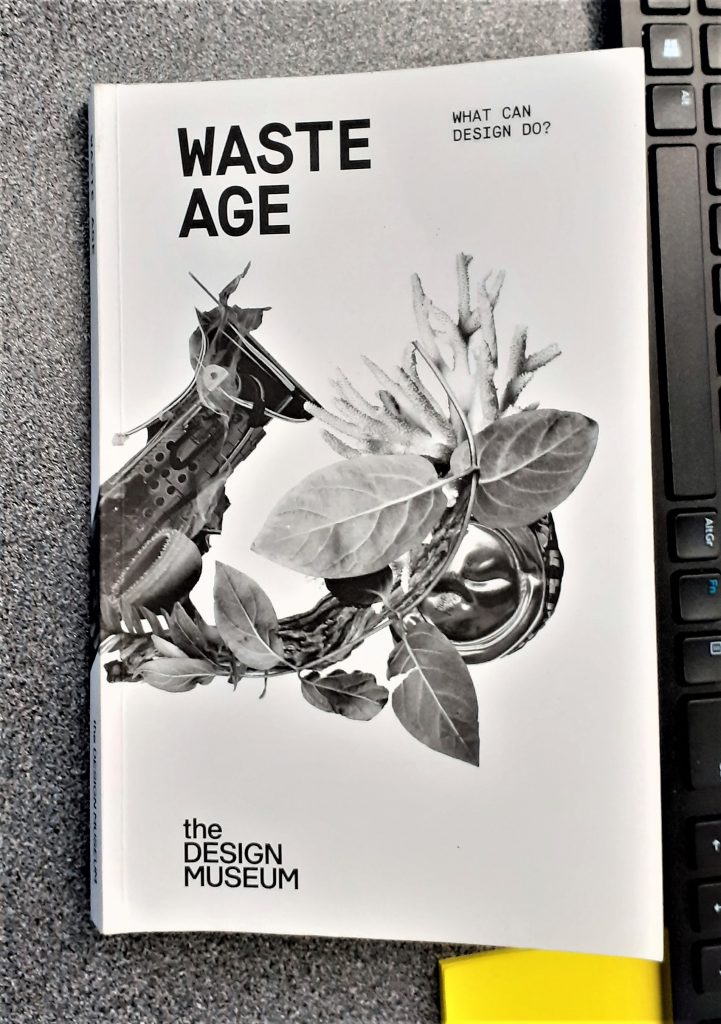
The copy of the catalogue, our lecturer brought to class.
Photos I took at the exhibition: (Read the original blog here.)

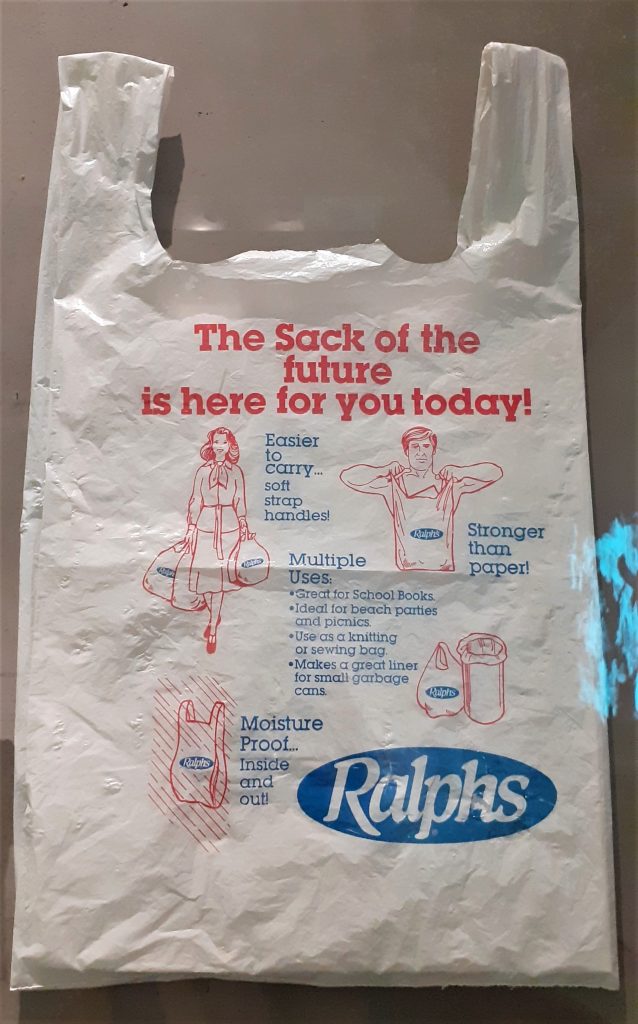
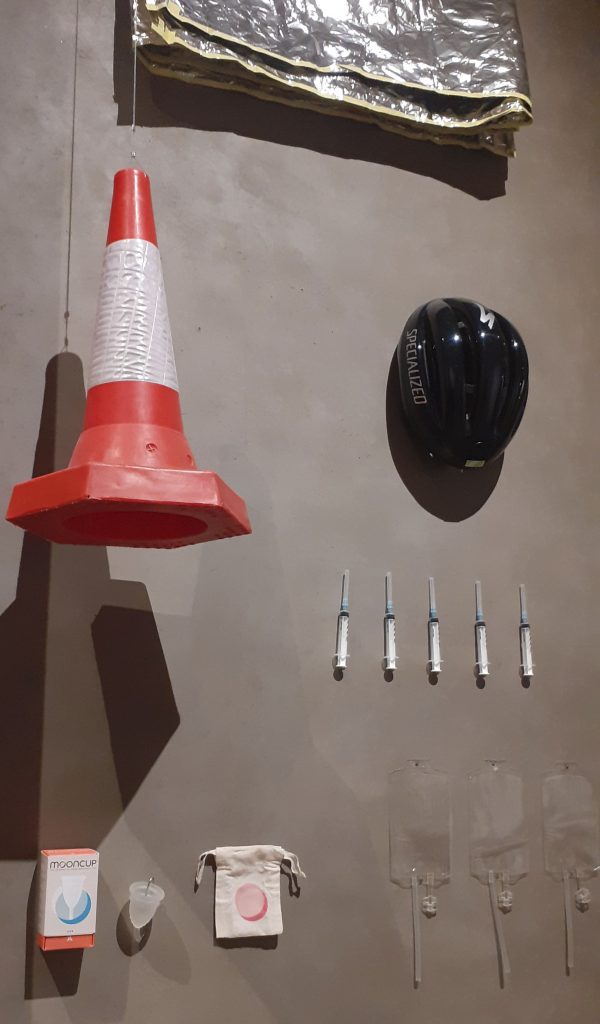
There were several displays like this one at the start of the exhibition. These displays demonstrate the multiple uses of plastic in the present day. The shocking point was that I have never been aware of the amount of everyday objects we interact with that are currently made of plastic.
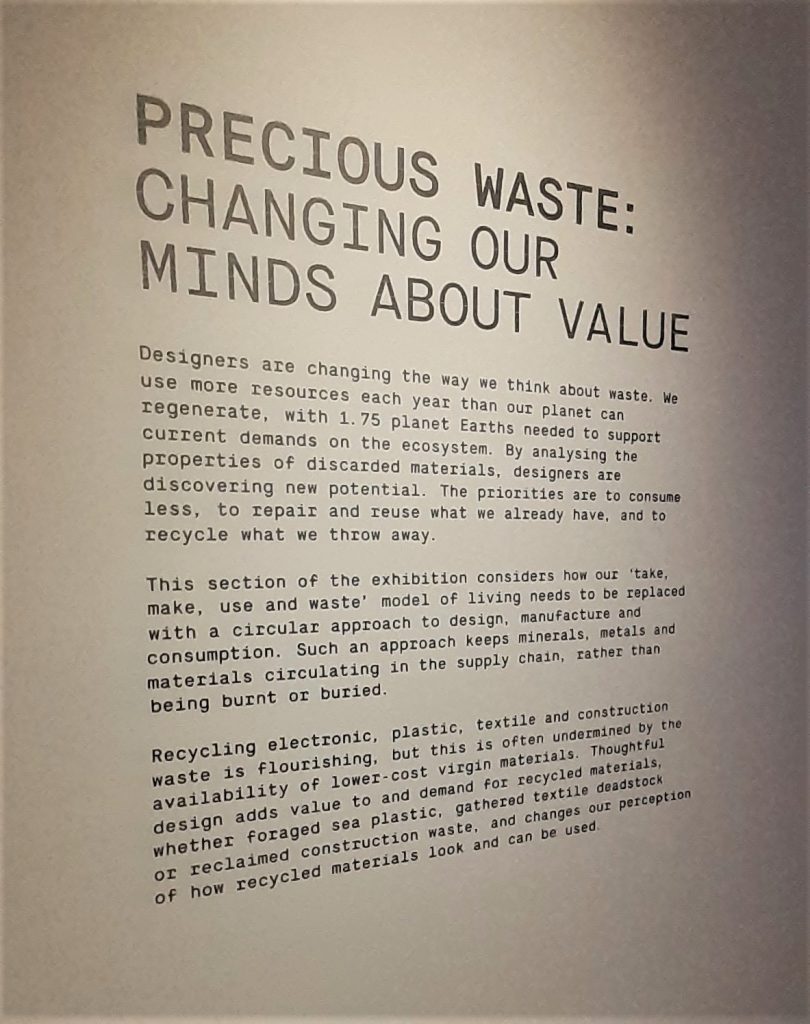

Paragraph #1 Covering the problem of nature vs culture
This paragraph talks about the blurred lines between nature and culture. We are introduced to the problem of waste.
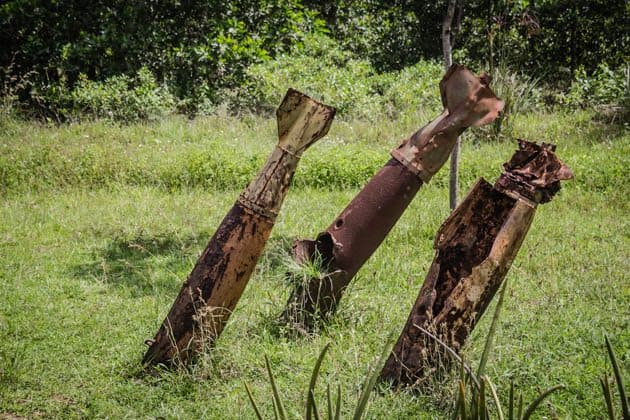
Paragraph #2 Dominated by waste
This paragraph introduces us to the idea of our current culture of waste. The fact that waste is not just around us, but in our digestive tract as well for example. This made me think of the microplastics presented at the exhibition. The display showed the particles of car/bus tyres in our atmosphere. (‘The Tyre Collective’)
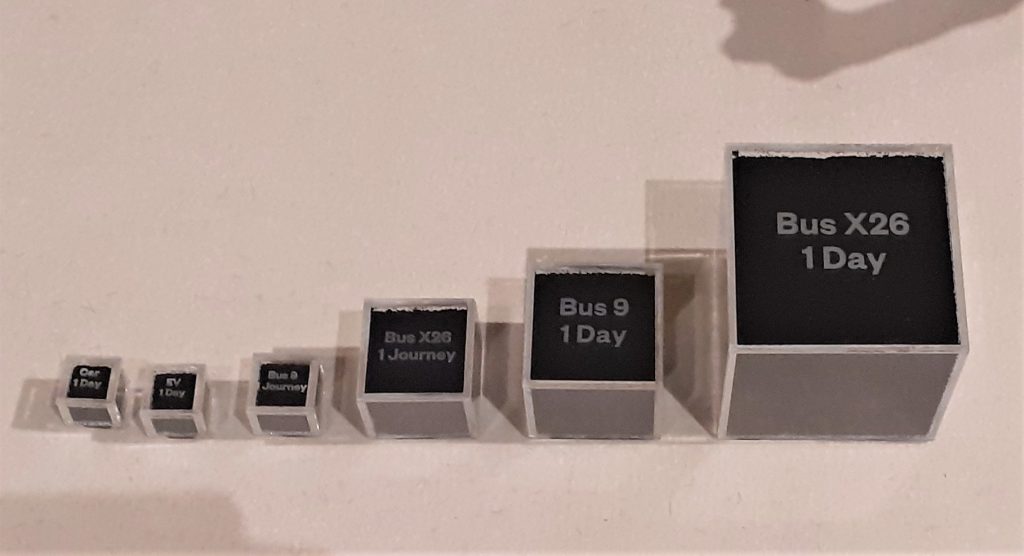

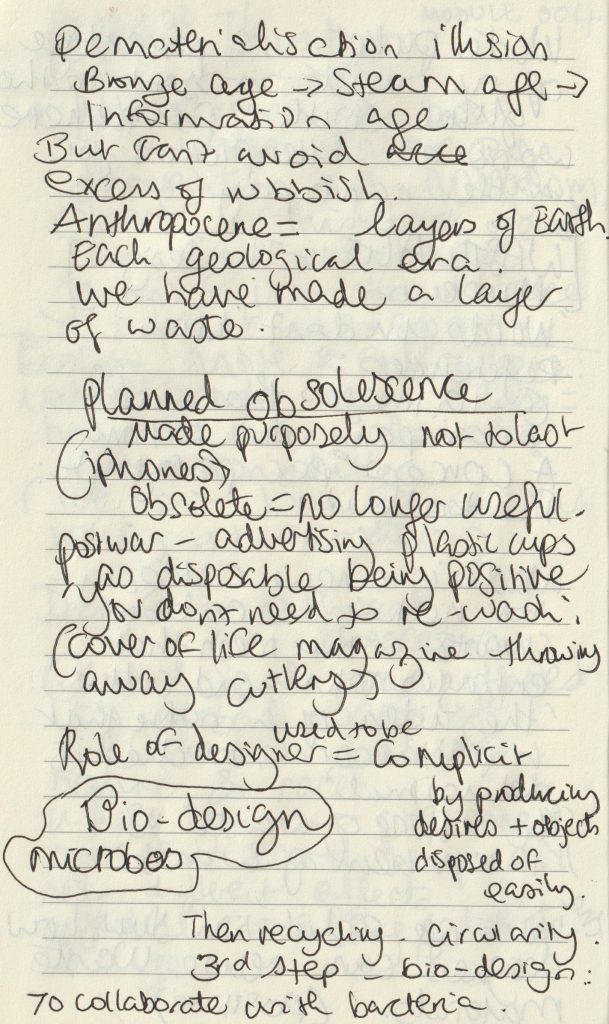
#3 Illusion of dematerialisation
Here we are made aware of the sheer amount of rubbish created by humans. The 500 billion tonnes of plastic bags consumed per year and how easy it is to ignore this fact.
The image below illustrates the change in phone designs over the years. As technology looks lighter and more elegant we could be fooled into thinking that we are producing less waste than before. The opposite has been proven to be true.
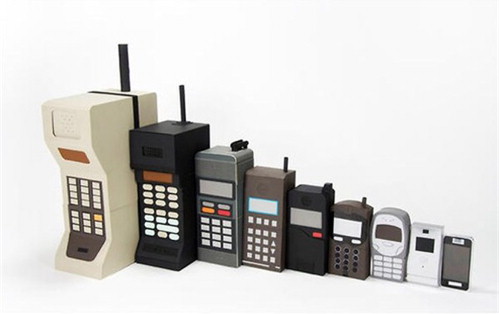
#4 Anthropocene
‘Anthropocene’ refers to the new layer of earth we are contributing to as humans.

#5 From need to desire
The capitalist culture created a shift from consumers buying just what they needed, to desire objects they have no need for. This allowed companies to make big money, but has had a detrimental effect on our Earth.
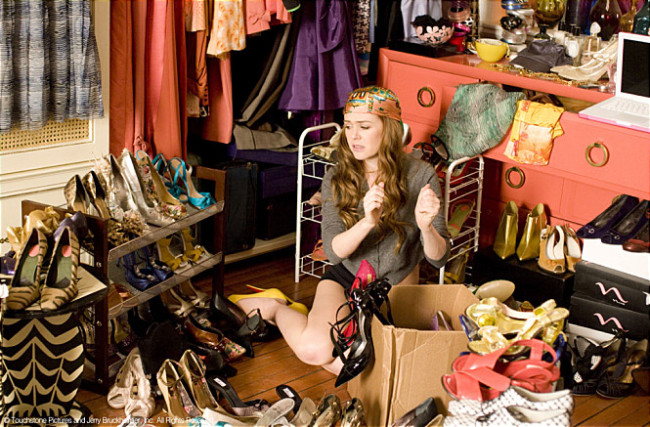
#6 Planned obsolescence
The role of the designer has been to make products look desirable to the consumer. The iPhone has been particularly criticised for its low repairability. Products that break earlier, mean more sales.

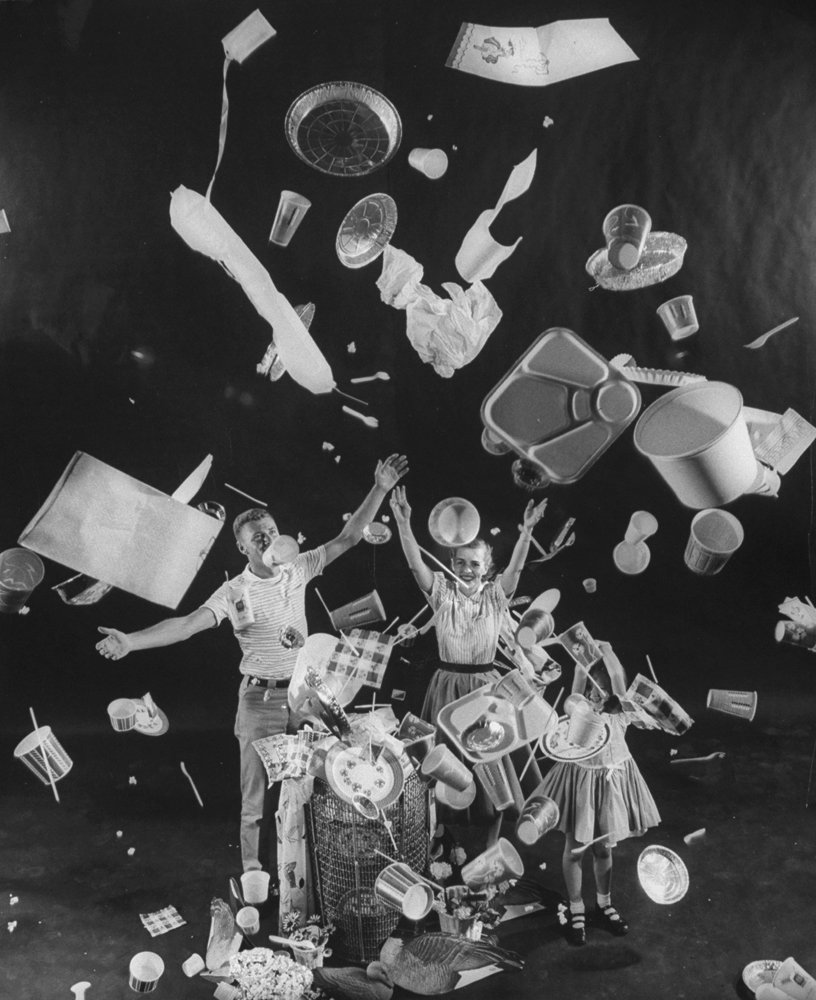

#7 Design the possibility of repair
The designer has a role within the product cycle. They can focus on designing repairable products. (below) The iPhone 13 Pro is less repairable than its predecessors.
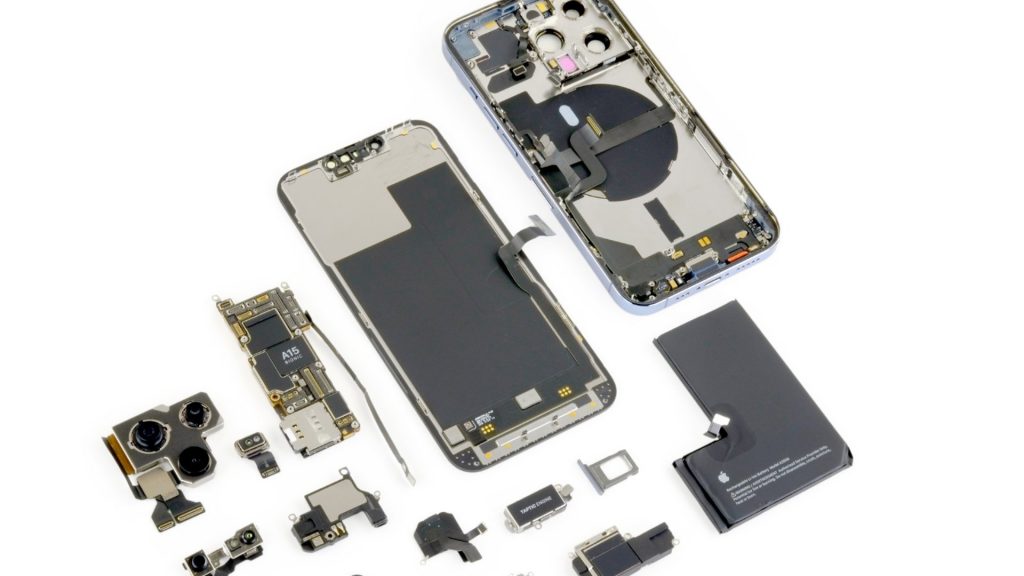
The article then goes on to suggest practical solutions.
- Electronics can be designed with modular parts
- Stop fusing plastics and metals together, this will be more can be recycled
- adapt and re-use good buildings instead of demolishing and replacing
- reducing carbon-heavy steel and concrete
#8 The consequences on reality
Consumers need to demand these sustainable products/ methods. The designer could blindly follow what they are told to do by their paymasters, but then nothing would change.
The metaphor of fungus is mentioned here. An organism that survives and thrives.
The article mentions Bio-design, which is a new phrase for me. We then watched a short student-made video about the possibilities of bio design in the future, including the dyeing of fabrics in a sustainable way. We have only just begun to explore the possibilities of bacteria.

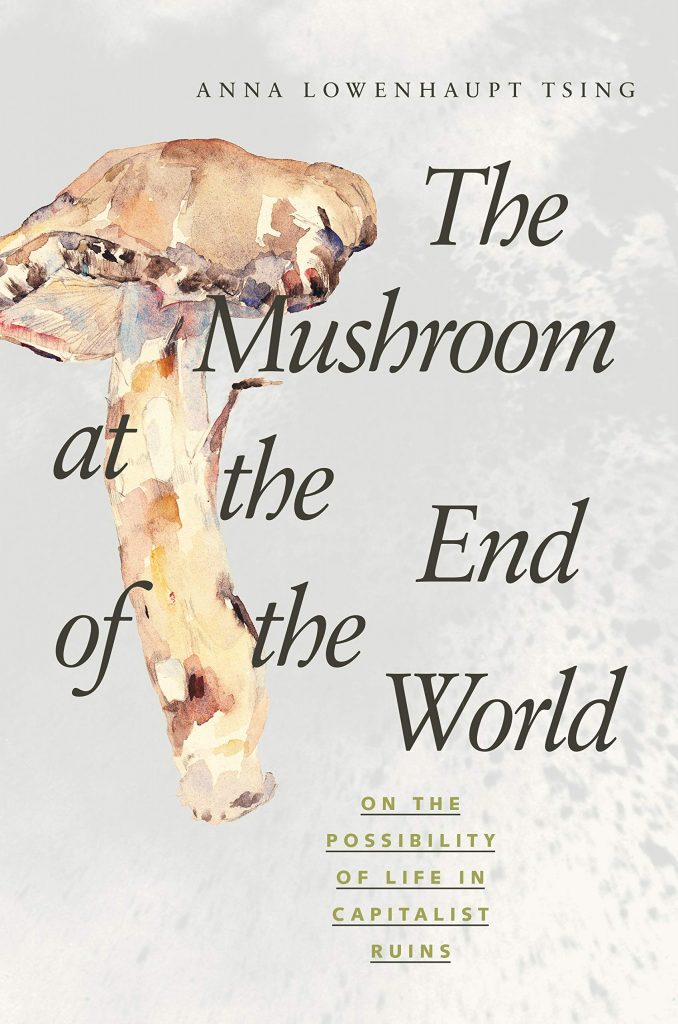
Anna Tsing is mentioned within the catalogue. Her book (left) explores the story of the Matsutake mushroom. Amazon.com says about the book- ‘In all its contradictions, matsutake offers insights into areas far beyond just mushrooms and addresses a crucial question: what manages to live in the ruins we have made?’
Within the article, we also see mention of the famous architect, Cedric Price.
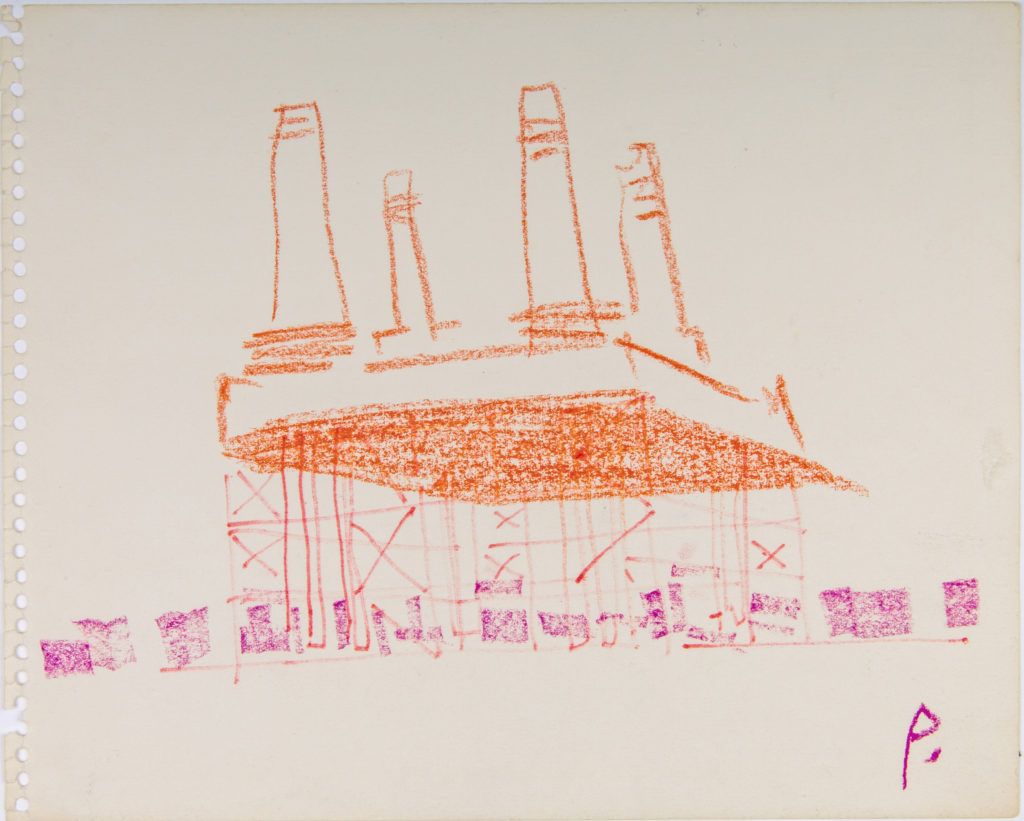
‘Price’s architectural style came from his belief that buildings should serve the needs of the people, and be radically transformed or demolished if they no longer served their purpose. A life-long socialist, Price was deeply skeptical of political institutions and their tendency to use grand, monumental buildings as a means of consolidating power. Instead, Price proposed building temporary and mutable structures which would be open and accessible to all.’
Karl Marx is also mentioned within the text.
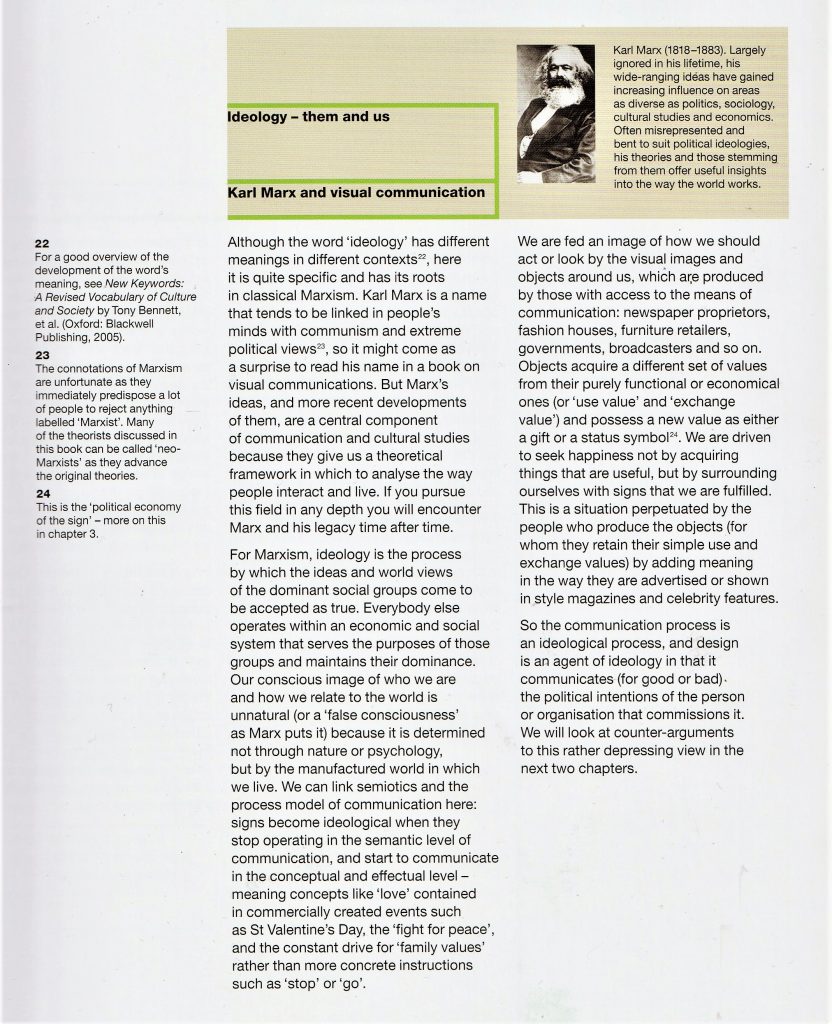

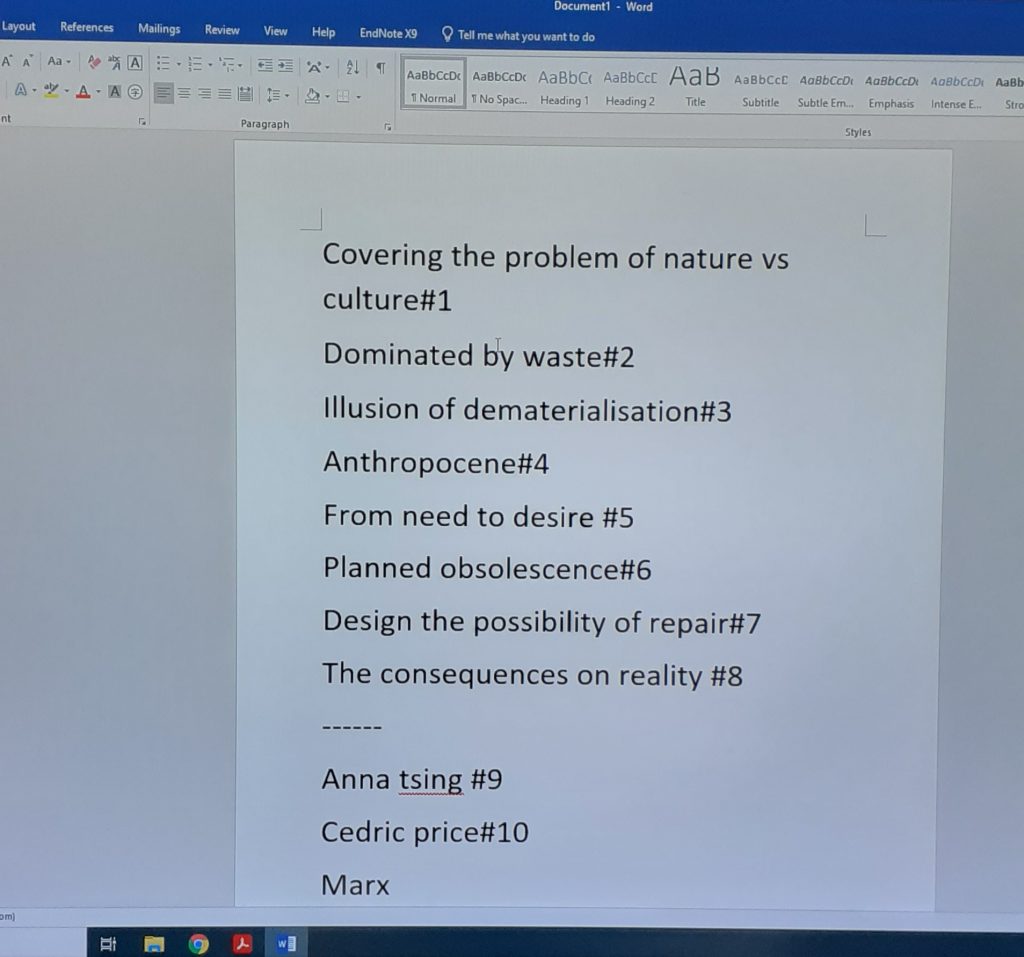
We condensed down the topics within each paragraph. It was helpful to write them as short phrases. This exercise helped me to understand what I had read, and I will be using this method when looking at articles in my future research.
